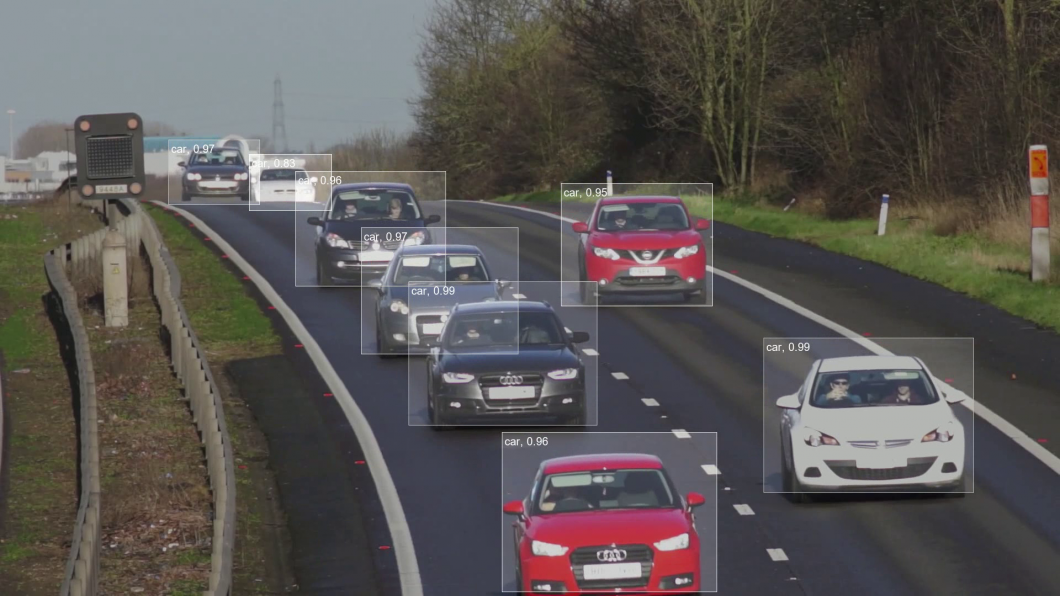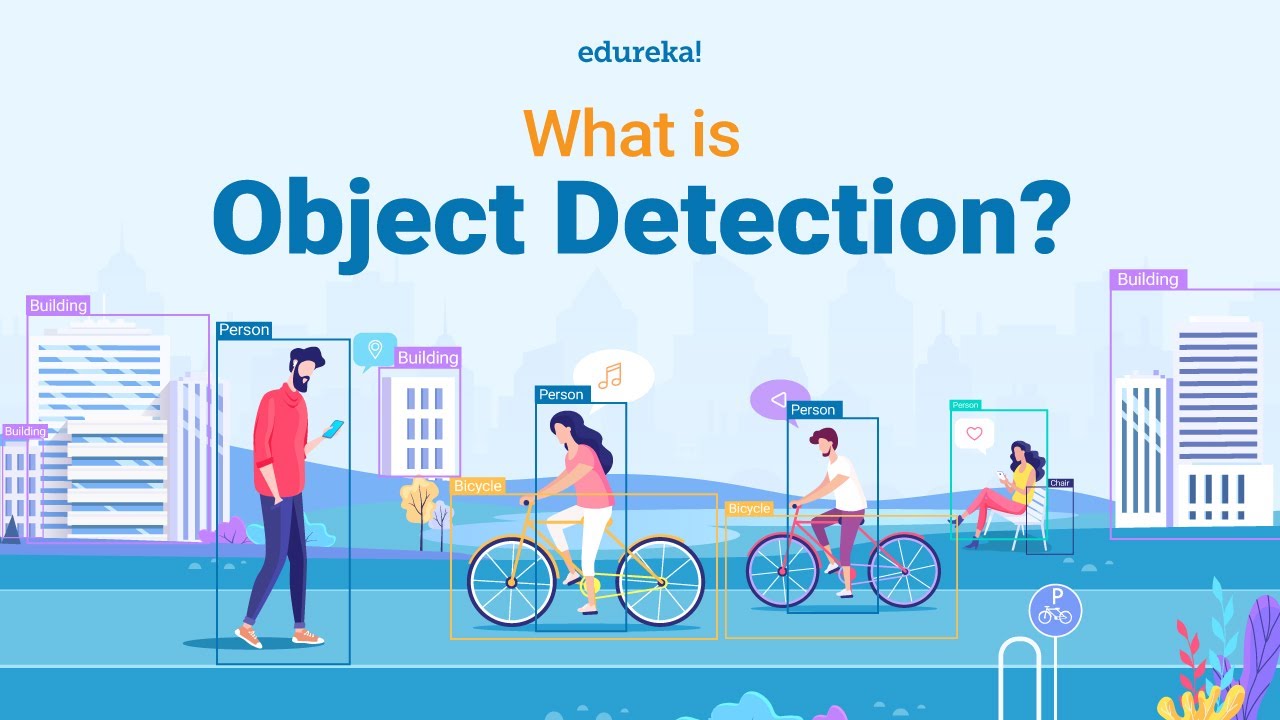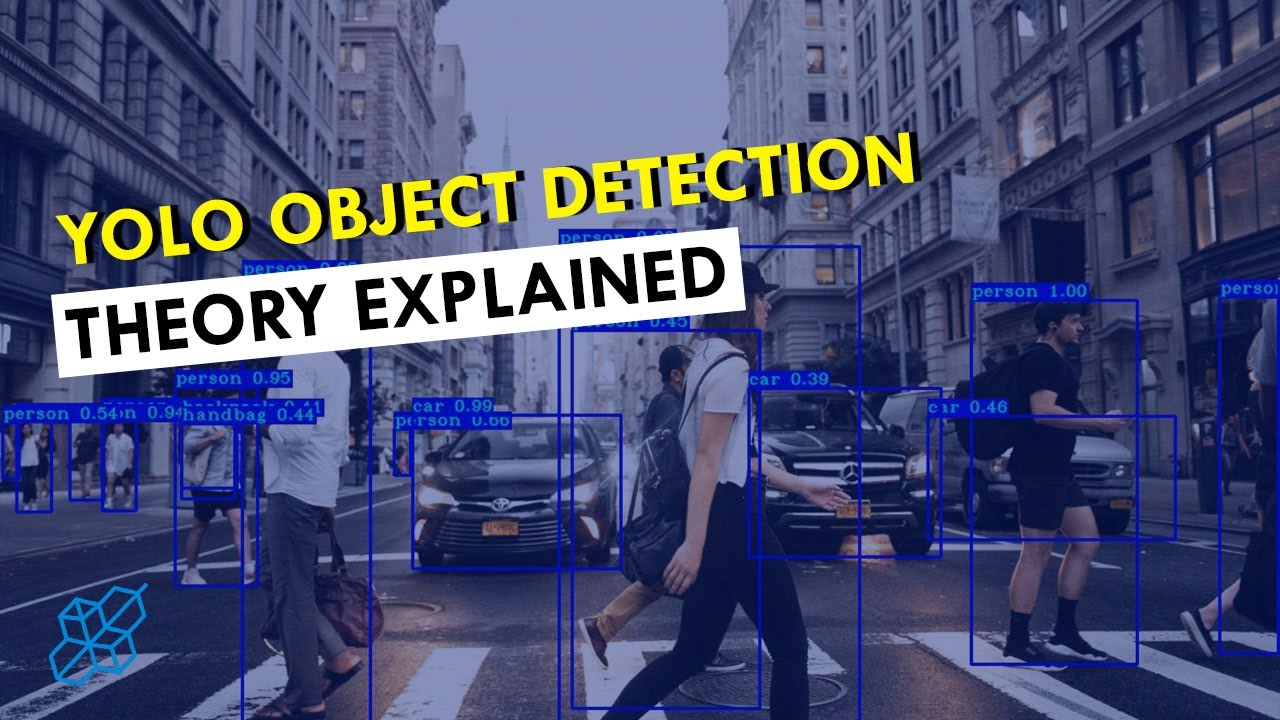Object Detection - How It Can Help Modern Technology
Object detection is the first step in most computer vision systems because it tells a lot about the object and its surroundings. For instance, if the face of the subject being tracked in a video or extracted for more information (for example, determining gender), can be used to gather additional information about that object.
Author:James PierceReviewer:Elisa MuellerAug 21, 20220 Shares146 Views

Object detectionis the first step in most computer vision systems because it tells a lot about the object and its surroundings.
For instance, if the face of the subject being tracked in a video or extracted for more information (for example, determining gender), can be used to gather additional information about that object.
For example, a face can be recognized, tracked, and extracted to get more information, and based on that face, other objects can be assumed to be present or in a certain place.
The most popular object detection applications are human-computer interface (HCI), robotics, consumer electronics, smart phones, security (e.g., recognition, tracking), retrieval (e.g., search engines, photo management), and transportation.
Each of these applications needs to meet certain requirements, such as processing speed (offline, online, or real-time), resistance to occlusion, rotation invariance (like rotations in the same plane), and detecting pose change.
A Brief Outline Of Object Detection Research
Template matching and part-based models were employed in the early stages of object detection studies.In the following years, classifiers based on statistical data were introduced (Neural Networks, SVM, Adaboost, Bayes, etc.).
This original, well-liked family of object detectors based on statistical classifiers led to a lot of work in the areas of training, evaluation, and classification.
As a result, face detection is the most commonly used object detection application.
There have been a slew of other detection-related studies conducted.
People (such as bicyclists and pedestrians), body parts (such as hands and eyes), vehicles (such as cars and planes), and animals are all common elements in most situations, as are some combinations of these.
Most object detection systems use the sliding window method to find things that are different sizes and are in different places.
If an image patch does represent an object, this search will use a classifier, the detector's core.
A picture is shrunk down to a certain scale and patch size to make sure that the classifier can correctly put all possible patches of that size into the right category.
There are three ways to operate a sliding window.
There are two methods for verifying the presence of an object: the first uses bag-of-words, which iteratively refines the image area holding the object.
There are two methods for finding probable object positions.
To avoid an exhaustive search, these two methods reduce the number of image patches that need to be classified.
The third method is based on a comparison of significant points.
These methods aren't always able to find all the instances of an object.

Object Detection Explained | Tensorflow Object Detection | AI ML for Beginners | Edureka
Use Cases Of Object Detection
Autonomous Driving
Autonomous driving relies heavily on object detection in computer vision.
Object detection models are used by self-driving automobiles to identify humans, bicycles, traffic lights, and road signs.
Object Tracking In Matches
Object detection models are often used in sports where the ball or a player needs to be tracked so that the game can be watched and the rules can be followed.
Image Search
Images are often searched using object detection models.
When a smartphone detects an entity (such as a specific location or object), it uses object detection models to do an Internet search.
Object Counting
Counting the items in a warehouse or a store, or the number of customers in a store, can all be accomplished using object detection models.
At gatherings, they are also employed to keep people from getting into trouble.
Object Detection Approaches
Each of the five object detection algorithms has its own set of pros and cons.
In real-time systems, some can accommodate more classes, while others are more resilient.
Dictionary Based
The best illustration of this strategy is the Bag of Words.
Identifying a single object in each image is the primary goal of this method.
However, once one object has been identified, it is possible to identify more things.
It is possible that this technique will not be able to find the exact location of an object if there are two copies of the same object close together.
Coarse-To-Fine And Boosted Classifiers
The most well-known classifier in this category is Viola and Jones' boosted cascade classifier.
As a result, it removes any photo patches that don't match the item.
There are two key reasons why boosted classifiers frequently employ cascade methods.
By making an additive classifier, you can control how complicated each level of the cascade is when using boosting.
You can also use boosting to pick features during training so that you can use a wide range of parameterized features.
When efficiency is very important, a coarse-to-fine cascade classifier is often the first thing that is thought of.
Deep Learning
One of the oldest and most effective techniques in this class is based on convolutional neural networks.
When comparing this strategy to the others, the user's feature representation is learned rather than constructed in this approach.
On the other hand, training a classifier this way requires a large number of training examples.
Deformable Part-Based Model
Relative positions between model objects and component parts are taken into account in the use of this technique.
It is more reliable than other methods, but it takes a long time and can't pick up small-scale events.
Even if they can be traced back to deformable models, strategies that work are more recent.
Researchers like Felzenszwalb and others are important because they use coarse-to-fine cascade models to analyze deformable part-based models quickly and effectively.
Trainable Image Processing Architectures
Preset operators and their combinations are learned in these designs, and an undefined idea of fitness is sometimes taken into consideration.
Because they are general-purpose, these designs can be used to build multiple modules as part of a larger system (e.g., object recognition, key point detectors, and object detection modules of a robot vision system).
Training COSFIRE filters using Cartesian Genetic Programming (CGP) is an example.

How YOLO works for object detection | Computer Vision
Current Research Problems
Multi-View, Multi-Pose, Multi-Resolution
Aside from some deformable part-based models that can handle minor posture changes, most techniques in practice are limited to a single object class under a single view and cannot handle multiple views or large pose variations.
Several studies have shown that learning subclasses or classifying perspectives and poses as independent classes helps enhance object detection.
Additionally, a variety of models have been created.
Multi-Class
Many applications require the detection of many object classes.
A system's ability to handle a large number of classes without losing accuracy depends heavily on processing speed and the types of classes the system can handle.
For example, multi-class classifiers that are specifically built to detect several classes have been used to address the issue of scalability.
One of the few attempts at very large-scale multi-class object recognition that can be seen right now, Dean et al.'s work took into account 100,000 different object classes.
Contextual Information And Temporal Features
Contextual data (such as information on the sort of scene or the presence of other objects) can improve speed and robustness, although it is uncertain "when and how" to do so (before, during, or after the detection).
Several methods have been proposed, including the use of spatiotemporal context, spatial organization among visual words, and semantic information that seeks to map semantically connected characteristics to visual words.
While most methods concentrate on locating items in a single frame, seeing how they evolve over time can also be useful.
Efficiency And Computational Power
The effectiveness of any detection system for objects should be taken into account.
In terms of efficiency, coarse-to-fine classifiers tend to be the first sort of classifier to consider.
Reducing the number of picture patches used to classify and recognize more than one class is another option.
Felzenszwalb et al.'s efforts are dependable and efficient, but they are not fast enough to solve real-time problems, even though they are trustworthy and efficient.
If you have specialized hardware like a GPU, some techniques, like deep learning, can function in real time.
Occlusions, Deformable Objects, And Interlaced Object And Background
Although significant research has been done, there is no compelling answer to the problem of partial occlusions.
Finding things that are not "closed," in other words, where pixels from the object and backdrop mix, is also a challenging task.
There are two examples of this: pedestrian detection and hand detection.
In this situation, deformable part-based models have had some success, but further work is needed.
Open Problems And Future Directions
Here, we'll talk about several topics that, based on our research, have either gotten no attention at all or only gotten partial attention, but that we think have the potential to be exciting new research avenues.
Object-Part Relation
Is it better to start looking for the whole thing or just the pieces?
When faced with a problem of this magnitude, there isn't an obvious solution.
I believe it will be necessary to search for both the item and the fragments at the same time, with each search providing information for the other.
It's still not clear how to do this, although it's definitely related to leveraging context data.
When the object may be divided down into smaller portions, interactions happen across multiple hierarchies, making it unclear what should be done first.
Open-World Learning And Active Vision
It is difficult to learn new classes, detect new subclasses, or distinguish between subclasses after the "main" class has been learned.
Assuming this can be done without the need for supervision, new classifiers can be generated from existing ones in a fraction of the time it takes to learn new object classes.
You should keep in mind how quickly the world changes, which means detection systems will need to be updated on a frequent basis with new classes or modifications to current ones.
Deep learning and transfer learning approaches have been used in some recent articles to solve these difficulties.
Open-world learning is very important for robots because active vision techniques can help them find things and learn.
Pixel-Level Detection And Background Objects
There are a variety of situations in which we may want to look for things that are often regarded as background in our applications.
Most of the methods discussed here do not address how to detect "background objects" like rivers, walls, and mountains.
First, the image is segmented, and then the image is labeled for each segment of the image.
Naturally, we'll need a 3D model of the scene and pixel-level detection of the objects to effectively detect all of the things in a scene and fully grasp it.
As a result, it is possible that methods for object detection and image segmentation will need to be integrated.
We have a long way to go before we can automatically grasp the environment around us, and active vision techniques may be necessary to get there.
Multi-Modal Detection
There has been some progress in the use of new sensing modalities, such as thermal and depth cameras, in the last several years.
When it comes to image processing, thermal and depth images are treated the same way as visual ones.
Thermal images make it easier to tell what is in the foreground and what is in the background, but this method can only be used on things that give off infrared (like mammals, heaters, etc.).
While depth shots make it easy to separate the objects, no generic methods for recognizing certain classes have been offered, and higher resolution depth images may be required going forward.
As sensor technology gets better, it's possible that depth cameras and thermal cameras will be able to find things better in the future.
People Also Ask
Why Do We Use Object Detection?
The primary goal of object detection is to locate and identify a single or several useful objects in a collection of still or moving images or video.
Some of the things it does are image processing, pattern recognition, artificial intelligence, and machine learning.
Can Convolutional Neural Networks Be Used For Object Detection?
Even though R-CNN is good at detecting objects, it has some drawbacks that need to be addressed.
Detecting an object in a picture takes roughly 47 seconds with this approach, which is very time-consuming.
It's impossible to learn everything in a single session.
Training takes longer because there are numerous models for doing the various tasks.
What Are The Benefits Of Object Detection?
We can identify and locate items in an image or video using object detection, a computer vision technique.
Object detection can be used to count objects in a scene, identify and track their precise locations, and precisely label them using this type of identification and localization.
Why Is Object Detection Difficult?
The five obstacles listed above make object recognition far more difficult than image classification.
These include: dual priorities; speed; various scales; limited data; and class imbalance.
Conclusion
Object detection is a key component of most computer vision and robot vision systems.
Even when it comes to learning in the real world, we have a long way to go before we achieve human-level ability.
To be clear, this is still true even though some consumer gadgets already use or incorporate existing technology, like facial recognition for auto-focus in smartphones.
Because of this, object detection has been underutilized in many domains, despite its potential.
As more mobile robots and self-driving devices like quadcopters, drones, and soon service robots are used, object detection systems are becoming more important.
When designing object detection systems for nanorobots or robots that travel to previously unknown locations, such as the deep ocean or other planets, we need to keep in mind that these systems will need to take up new item types when they are discovered.
These conditions need the use of a real-time, open-world learning capability.

James Pierce
Author

Elisa Mueller
Reviewer
Latest Articles
Popular Articles